Description
MCT Oil Remains a liquid in cold temperature (As Olive Oil), because it only contain medium chain triglycerides (MCT). In simple meaning MCTs are the light weight, fast burning fats in an edible oil. MCT oil can be made from palm oil, other edible oils and coconut oil. What we discuss here is only about MCT Coconut Oil. MCT oil made from palm oil is lower in manufacturing cost and is low in retail price.
MCT Coconut Oil Usage:
-
For KETO & Weight loss Diets
-
ENERGY throughout the day
-
Ketones produce
-
Energy for Brain
-
Mental clarity, thinking power
-
Mix one scoop into your Proteins shake, energy drink, juice, tea or coffee
-
Add as bullet proof coffee creamer
-
Rich in C8 Caprylic Acid
What is MCT Coconut Oil?
Extra Virgin Coconut oil has 15% medium chain fats (MCTs). It can be simply understood as, MCTs are small sized fats “easy to burn fats, that are rapidly converted into energy”. MCT oil is the extracted oil out of EVCO, extracting only that specific 15%. Thus MCT oil has 100% easy to burn fats, rapidly converted to energy.
Beyond the popular knowledge of glucose/sugar drinks being used as energy drinks, there is another form of producing energy named as “ketones”. In mother’s breast milk, medium chains such as omega-3 and lauric acid are contained. A baby is only given breast milk during the first stage and it is instantly burnt and converted to energy in the baby’s mouth. MCT oil behaves in the same way. If we look into the food culture of East Asia; seaweed, leafy greens, nuts & seeds, fish, soup, soy foods, noodles, sticky rice will make up the picture. In general, a “KETOGENIC DIET” is like this. Energy is produced by converting fats. For this action, the fats consumed by us should be very simple and easy to break down (they should be short or medium chain fatty acids). If we take in “heavy fats”, the body cannot break them down, and the end result is, it will get stored as fat.
Benefit of this form of energy is that, it is used in brain functions (Glucose energy is not useful in brain, it is for muscles). This boosts immunity and the risk of blood sugar level increase is avoided in this type of energy intake. Since energy is not produced from carbohydrates or sugars, it is helpful in losing belly fat. Good fats are needed in the body to absorb nutrients like vitamins, mineral and anti-oxidants. Digestion is improved and more nutrients are absorbed. When it is mixed with coffee, the absorption of anti-oxidants is improved, and the dryness in the stomach caused by coffee is avoided by MCT. So this is called bulletproof coffee. It gives a unique creamy flavor too.
“MCT Oil or Ketogenic Oil” is a manufacturing process that separates only the medium chains in coconut oil (It is similar to extracting different types of substances; petrol, diesel, gas by distilling a crude oil source). Here coconut oil is the primary source, and the specific MCT are extracted by a stringent process. Finally product is identified as “100% MCT oil or Ketogenic Oil”.
What is MCT C8 and MCT 60/40
Fats in coconut oil is made up of long and short carbon chains. The letter “C” is used to define “Carbon” and the number “6,7,8, 10 or 12” is used to state the number of carbon atoms in the fatty acid chain. For example Lauric acid which is in mothers breast milk has twelve carbon atoms. So Lauric acid is symbolized as C12. Similarly Caprylic acid only has eight carbons. So it is symbolized as C8. And Capric acid has 10 carbons. It is identified as C10. MCT is strictly defined as fatty acid chains having less than 12 carbon atoms. So according to this strict definition Lauric acid (C12) does not fall into the MCT category though it is in mothers breast milk and it rapidly converts to energy inside a human body of an infant. The Caprylic C8 and Capric acid C10 are the fats falling into MCT category.
When the MCT Coconut Oil is made up of only C8 fats, it is named as MCT Coconut Oil – Pure Caprylic acid or Pure C8.
When the MCT Coconut Oil is made up of C8 and C10 (Caprylic & Capric) with a general ratio of 60% to 40%, it is named as “MCT Sixty Forty” (MCT 60/40 or MCT Caprylic Capric mix). Out of these two MCT C8 pure Caprylic is the fastest energy producing product (as it has a short chain with only 8 carbon atoms). And it is also higher in price. MCT Sixty Forty has C10 (Capric acid having 10 carbon atoms, which is relatively a longer chain than a 8 carbon atom Caprylic). So MCT C8/C10 is less faster in energy production than pure MCT C8.
Organic Extra Virgin Coconut Oil -100% White Kernel | Raw Cold Pressed
The term “Virgin” is used to emphasize that, all nutrients in a nut/seed/ or fruit is preserved when it is converted to the format of oil. For example if leafy greens or veggies are cooked components like vitamins, anti-oxidants, are lost and the nutrition percentage of each nutrient is a bit altered. Thus, if an oil (coconut, olive, avocado) is termed “virgin”, the original fruit/nut is “COLD-PRESSED” (Imagine squeezing out oil of a fruit or seed by hand or in Sekkuwa Chekku. There is no high heat generation). The fruits/nuts used for the pressing should also be fresh in its original form. It cannot be dried in sunlight for weeks (like in “copra”. When coconut flesh is dried in sunlight it is named as Copra), or heated with fire to take out moisture. So virgin coconut oil is RAW and COLD PRESSED to achieve the above qualities.
Since the brown testa is peeled off, to produce one liter extra virgin coconut oil it needs 14 fresh coconuts. The brown testa (“Kurutta”) is removed and only the white flesh is used. But in whole kernel virgin coconut oil, the entire kernel is used. So it needs only 10 fresh coconuts to produce liter of oil. Because in the brown testa (or the peel) it has considerable amount of coconut oil.
How to Use, Virgin Coconut Oil?
-
Cleanest choice for cooking, frying and roasting.
-
A healthy and natural replacement for margarines, in baking of cakes, cookies and pies.
-
Drink a table spoon of EVCO per day or add in to your cup of tea, coffee, fruit/veggie juices, soup and porridge for a unique flavor and experience real benefits.
-
65% of VCO consists of Medium Chain Fatty Acids (MCFA) inclusive of the much adored “Lauric Acid”. They burn fast inside the body and produce energy in quick time. See whether it helps to control your cholesterol, blood sugar levels and improve cognitive function.
-
Use as a relishing dressing for salads, vegetable stew, baked potato salads replacing butter or margarines.
-
Nourishes hair & scalp. Coconut Oil traditionally decelerate hair fall and improves growth of hair.
-
Great as a skin moisturizer, lip balm and as massage oil. Speeds up recovery of bruises and burns.
-
Gargle a table spoon of EVCO for 10-15 minutes, while reading or watching TV, and do the brushing afterwards. This is called “Oil Pulling” and is becoming immensely popular for cleaning teeth, elude bad breadth and improve gum health.
Whole Kernel Virgin Coconut Oil is an option available at a lower price range. The difference between Extra virgin coconut oil (EVCO) and whole kernel virgin coconut oil (WKVCO) is;
- EVCO is milled only by 100% white kernel (the brown peel is scraped out and only white flesh is used) and Whole Kernel VCO is milled by the entire kernel (white kernel inclusive of brown testa). EVCO has a creamy taste & mild fragrance and is great for drinking purposes
- 65% of the fats in EVCO are rapidly converted to energy. (50% Lauric acid and 15% MCTs)
- WKVCO is slightly lower in price. But both have same usage. But EVCO is used specially for drinking a table spoon purpose.
- In WKVCO the percentage of fats rapidly converted to energy falls to 55% in WKVCO. (48% Lauric Acid and 7% MCTs)
Organic Whole Kernel Virgin Coconut Oil -Whole Kernel | Raw Cold Pressed
Whole Kernel virgin coconut oil is the raw cold pressed oil from the entire coconut kernel (white flesh together with the brown peel).
Since the brown testa is peeled off, to produce one liter extra virgin coconut oil it needs 14 fresh coconuts. The brown testa (“Kurutta”) is removed in EVCO and only the white flesh is used. But in whole kernel virgin coconut oil, the entire kernel is used. So it needs only 10 fresh coconuts to produce liter of oil. Because in the brown testa (or the peel) it has considerable amount of coconut oil.
The manufacturing cost is lower in WKVCO and it has stronger coconut taste and aroma compared to the mild aroma of EVCO.
White Coconut Oil (Pure Coconut Oil)
Yellow color is the result of heat generation inside grinding machines. Plus the fact that they are produced from Copra (Not fresh coconuts). “Copra” is the name used to define coconut flesh dried under sunlight for several days. Heating up to high temperatures takes out a part of natural goodness. like cold press expellers are used in virgin coconut manufacturing, “Anderson” type heavy expellers are used in normal coconut oil manufacturing. And it is a heated press in such type of expellers.
The term “White” is used because, sometimes coconut oil is pressed only using brown peels (kurutta, testa or parings). This oil is named “Paring Oil / Brown testa Oil” (Kurutu Thel). When coconut oil is pressed using the entire kernel (both white flesh and paring) it is called “White Coconut Oil” (Sudu Polthel). It is a word used to differentiate between the two types based on the material used for pressing out oil. It does not refer to the color of the oil.
Paring Coconut Oil (Kurutu Thel)
In desiccated coconut, coconut milk and virgin coconut oil industries, the coconut paring (the brown peel around the white flesh) is removed and moved out of the facility. These parings also have a significant percentage of oil content.
These parings are collected separately and pressed in a Anderson type general expeller to make paring coconut oil. It is used as the lowest cost option for deep frying, cooking applications.
Refined Coconut Oil (RBD Coconut Oil)
The problem with normal coconut oil when used for Chinese rolls, Fried rice and Chilli paste is that it becomes rancid soon when it gets into contact with moisture of other food ingredients and gives out the coconut smell. It is sometimes unpreferable and rejected by the consumers of such recopies.
So Normal coconut oil is heated, sent through coconut charcoal, filtered to remove coconut smell, taste, and free fatty acids which cause quick rancidity. This also increases smoke point up to 220 degrees Celsius (430 Fahrenheit) making it suitable for extreme deep frying and mass scale cooking industries.

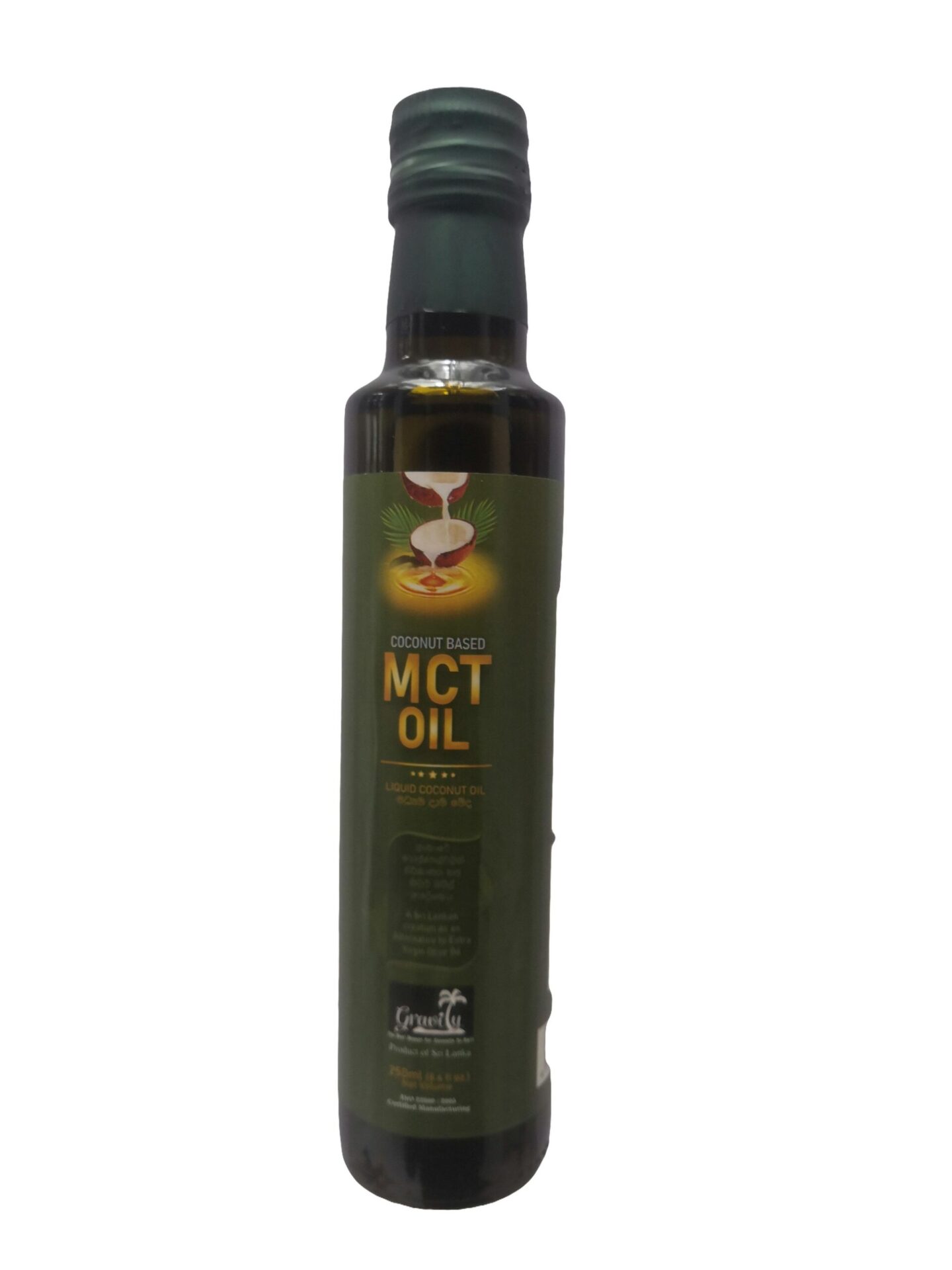
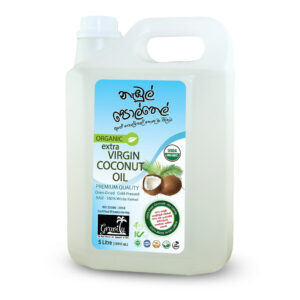
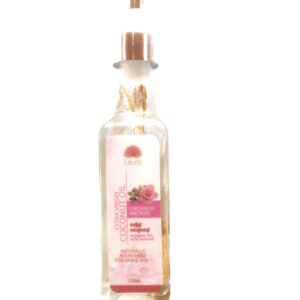
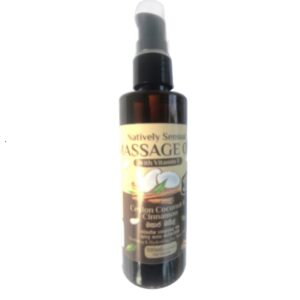
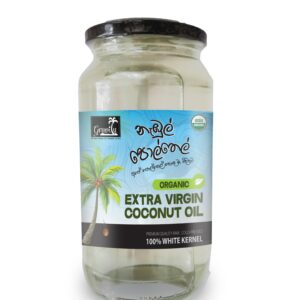
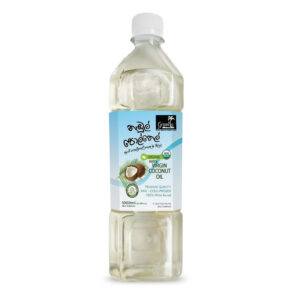
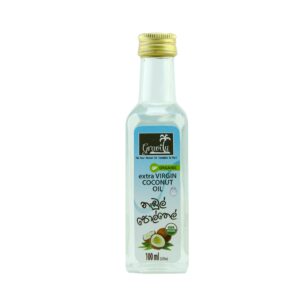
Reviews
There are no reviews yet.